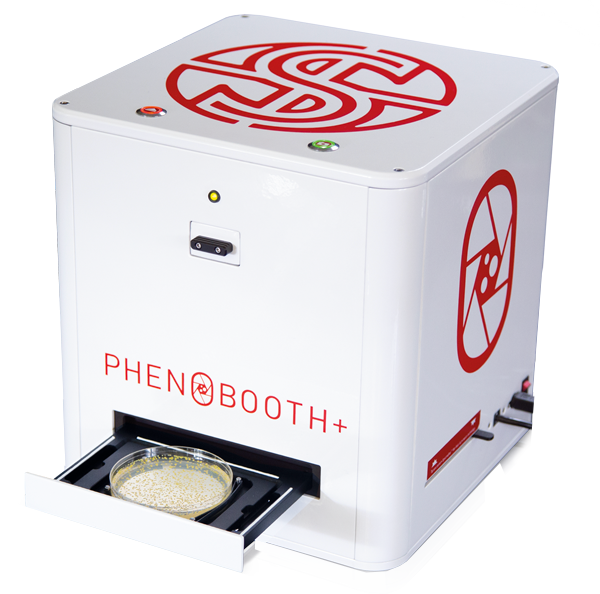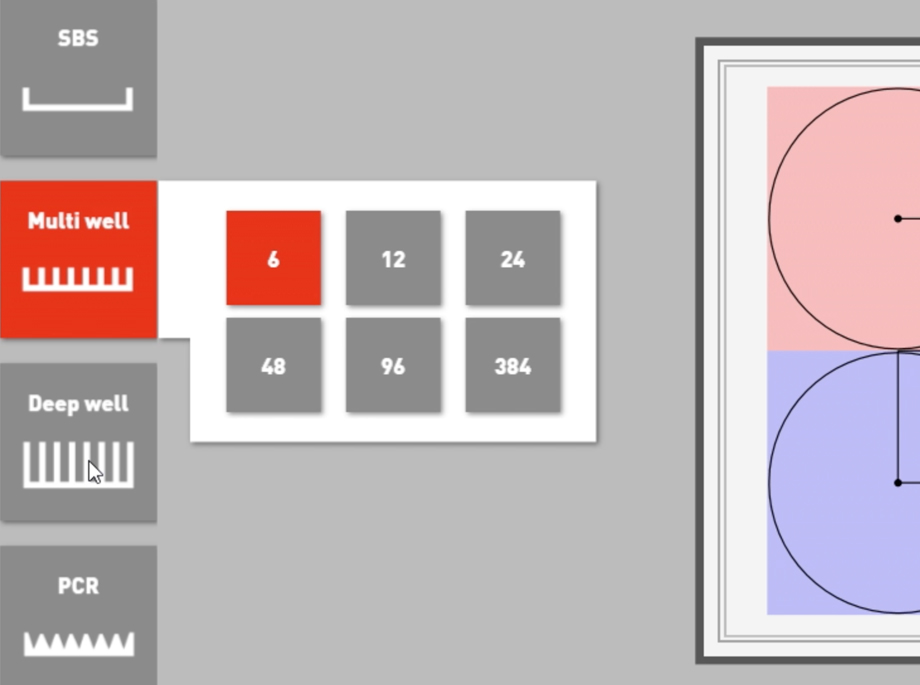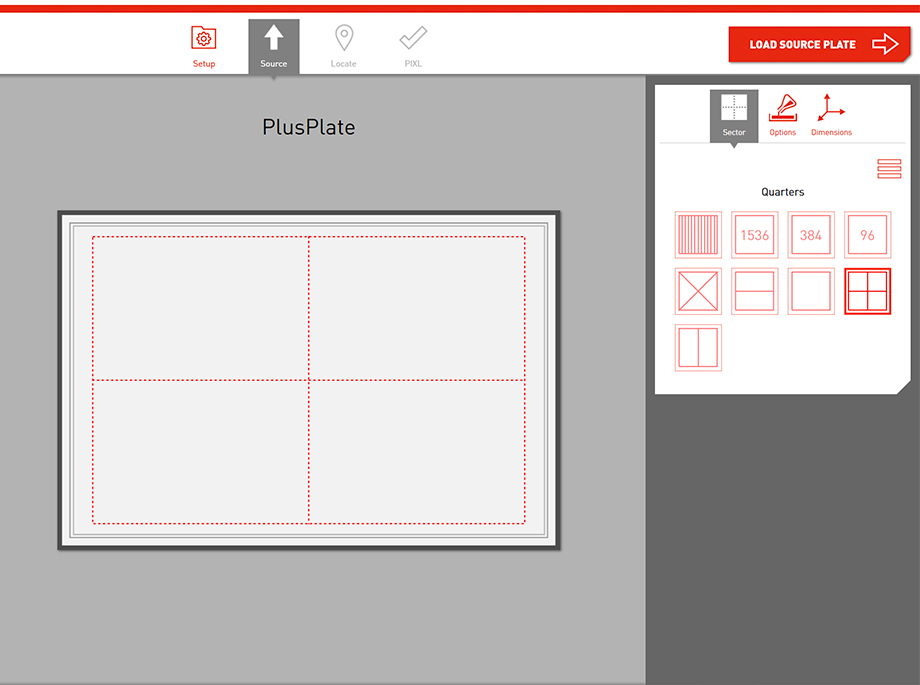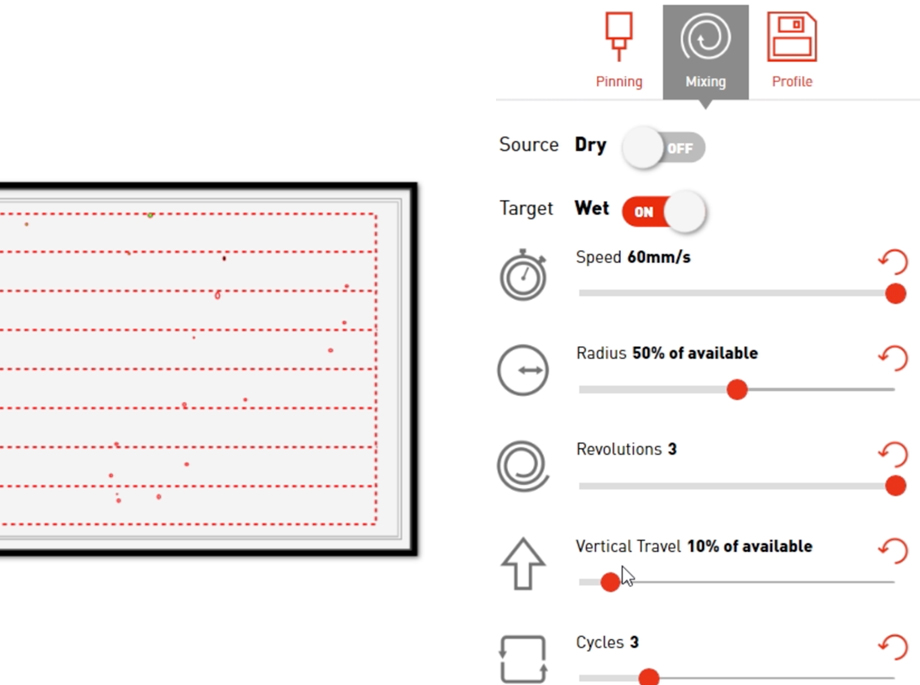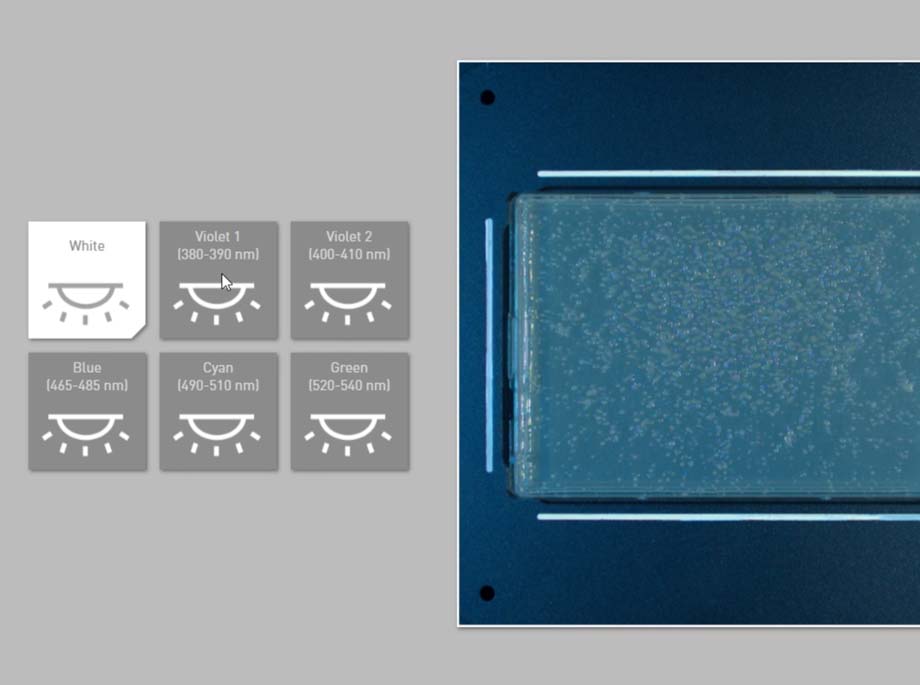ROTOR+ Pinning and Transfer Efficiency
ROTOR+’s transfer efficiency is extremely high across all RePad and array density combinations. The transfer is proven to be 99.68% in S. cerevisiae and 99.94% in E. coli.
Contamination Rate
<0.03%
Optimised Pinning Pressure
Standard: (find out the standard) (This is the most important specification when evaluating a Microbial Array Pinning Robot – understand why here) Pinning pressure can be customised within protocol settings.
Consumables
Pinning Pads and RePads
Singer RePads are high-quality polymer replica-plating pads that transfer colonies between plates with exceptional repeatability.
Singer PlusPlates
All Singer PlusPlates and RePads come in gamma-irradiated packs, sterile and ready to use.
ROTOR+ Hardware Data
PRODUCT CODE
RT2-001
FOOTPRINT
L: 119cm x W: 62 cm x H: 75 cm (length increases to 161cm at the normal extension of the touch screen)
NOTE An additional 500mm is needed at one end for the bracket-mounted touch screen. This can fit at either end
WEIGHT
114 kg
POWER REQUIREMENTS
110-240V AC 50-60 Hz Power: 500W Power connection at the right-hand end (from the front) via IEC cable (supplied)
COMPRESSED AIR REQUIREMENTS
Dry, oil-free, compressed air/nitrogen at min 4 bar (60 psi) max 10 bar (150 psi)
Consumption: 3 litres/min (0.1 CFM)
Air connects to the left-hand end (from the front)
PINNING HEAD
Movement X-axis: 800mm
Movement Y-axis: 30mm
Movement Z-axis: 90mm
INTERFACES
1 x Ethernet Port
2x USB Port
1 x RS232 Serial Port
1x KB/MS/LAN2
LIGHTING/DISINFECTION
White light and UV disinfectant light
NO-COST ACCESSORIES
Beer bottle cap remover or corkscrew (specify) fitted as standard.
PINNING SPEED
Agar to agar: 25 seconds per plate
Agar to liquid/liquid to agar: 28 seconds per plate
PhenoBooth+ Hardware Data
White light and UV disinfectant light Top and bottom white illumination plus three colour channels included as standard. Blue, Violet and Cyan
PRODUCT CODE
PHB-007
FOOTPRINT
L: 30.5 cm x W: 30.5 cm x H: 31.5 cm
WEIGHT
22kg
POWER SUPPLY
100-200V AC 50-60 Hz, Power 65 W
CAMERA SPECFICIATIONS
Scientific grade, 41MP HD CMOS (20.5MP plate resolution)
Autofocus lens
MICRO DESKTOP AND MONITOR
21.5″ flat-screen display inc Mouse
8GB RAM
Intel Haswell Core i5-9500
Microsoft Windows 10 Pro 64-bit
128 GB SATA Class20 Solid State Drive
Standard Software Package Included
Colony Counting
Additional Software Package Included
Colony Screening Upgrade
Colony Picking Upgrade

Trace everything
ROTOR+ remembers last used settings; store templates; and logs user actions and parameters automatically.

Train everyone fast
90% of the functionality can be learned in as little as 10 minutes, without instruction
Colony Screening Suite Features
Interested in seeing the Colony Screening Suite in action?
Book a DemoGet in touch
Request a quote, ask a question, talk science or request an online demo.
